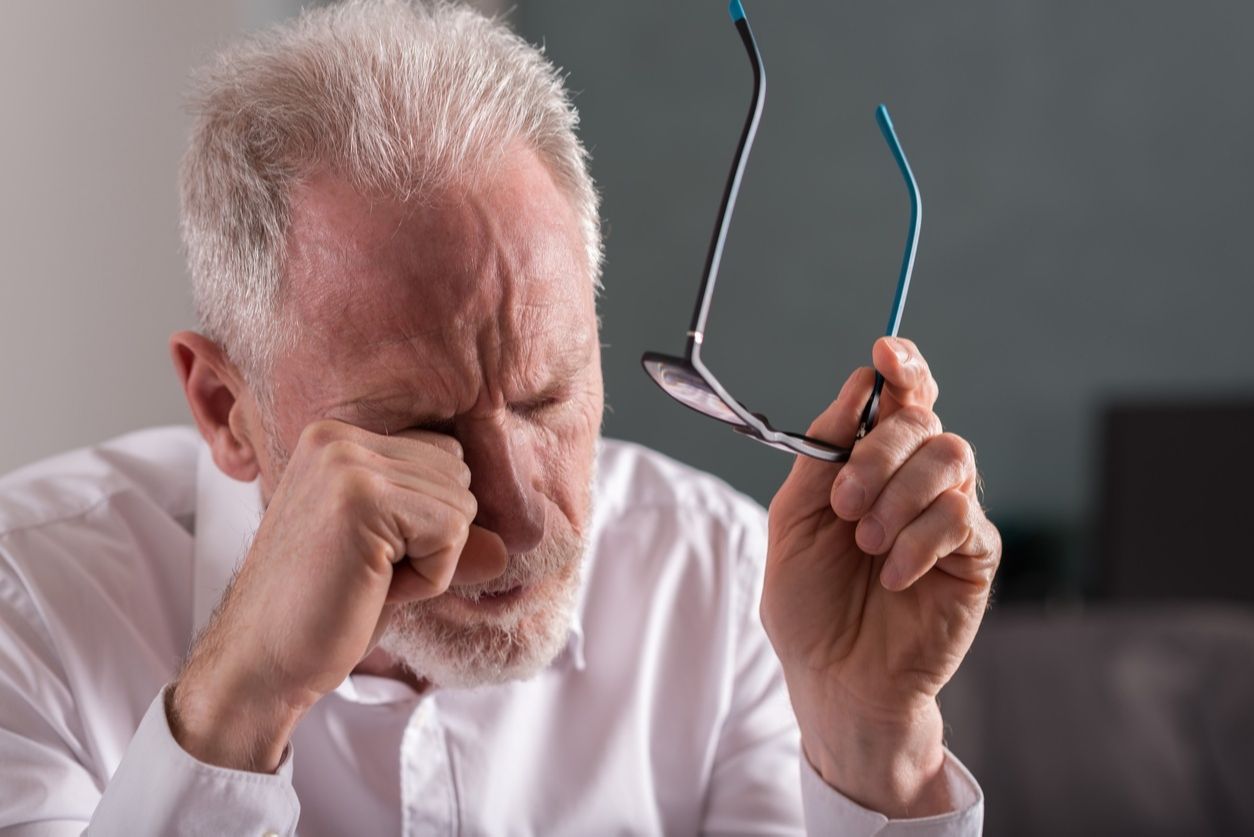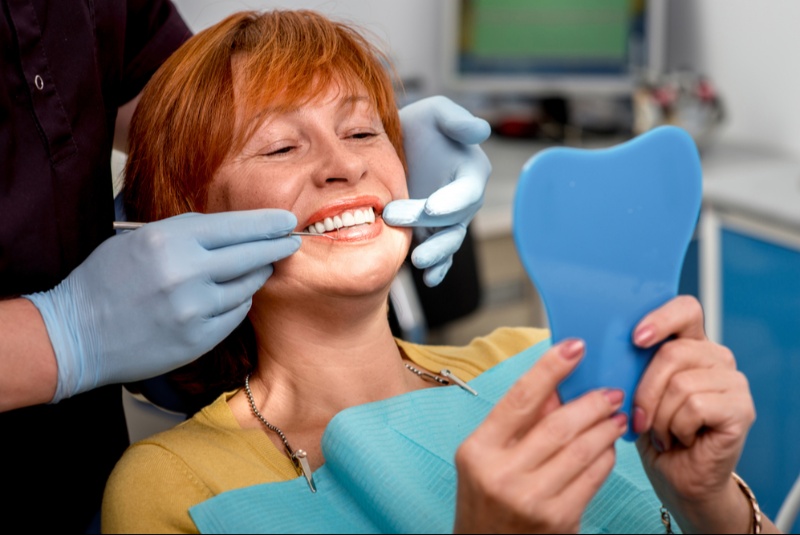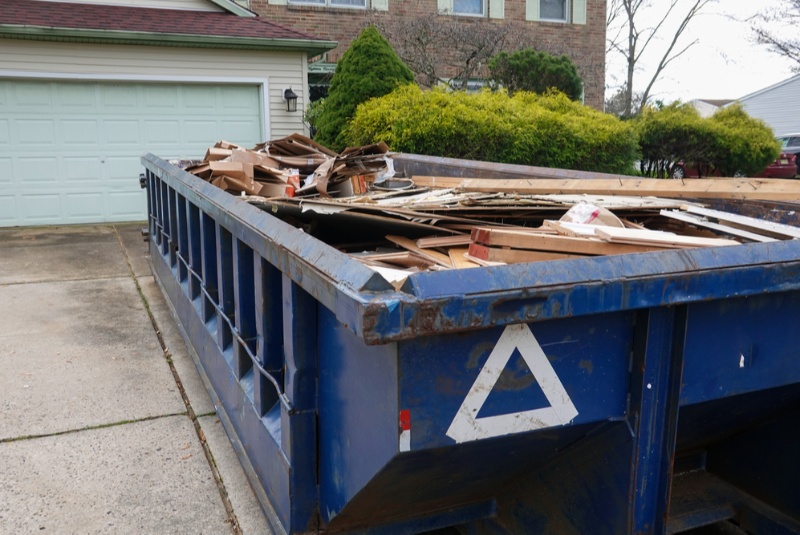People who have macular degeneration often times don’t know it because it never leads to complete blindness. It is a common eye disorder that only affects a small area in the center of the retina. It can highly impact any visuals directly in front of a person, so it’s best to make sure you don’t have it if you continue to drive or operate machinery.
Many people all over the world have age-related macular degeneration. In fact, it is estimated that around 11 million people just in the United States suffer from this disease. Also known as AMD, it is a common eye disorder that is caused by deterioration of a small area in the center of the retina. As the name might suggest, this area is called the macula.
People who suffer from macular degeneration specifically cannot see straight ahead of them. Peripheral vision, or what you see out the sides of your eye, is unaffected by AMD. This is why macular degeneration does not cause complete blindness by itself.
AMD can be broken down into two categories: Dry and Wet. The majority (85 to 90 percent) of patients with this disease have dry macular degeneration. In this situation, deposits under the retina known as drusen are to blame, especially when there is a large amount of them.
For wet macular degeneration, fluids from abnormal blood vessels get into the macula. A minority (10 to 15 percent) of patients who have macular degeneration have this specific condition.
Macular Degeneration Symptoms
Some of the symptoms of dry macular degeneration are:
• Impaired or loss of central vision
• Deterioration in quality of vision
• Straight lines begin to appear distorted
• Trouble with low-lighted situations
• Trouble with going from low light to bright light, and vice versa
• Colors begin to look different from before
In addition, wet macular degeneration has some specific indicators that set it apart from dry macular degeneration. These include:
• Blurriness in spots
• Dark spots that are caused by blood or other fluids leaking into your vision
• Symptoms that quickly get worse
Macular degeneration normally gets worse slowly. This is why it’s hard to catch initially, because you may not even notice changes in your vision when it manifests. Also, it’s harder to detect yourself when you have it in both of your eyes.
Meanwhile, wet macular degeneration can progress very quickly. Vision loss can take just days if nothing is done.
How to Treat Macular Degeneration
There is no known cure for AMD, but that doesn’t mean you can’t fight the disease. Treatments can slow its spread, and also restore lost vision in some cases.
For dry macular degeneration, many medical professionals will suggest working with a low-vision rehabilitation specialist. They advise people how to live and cope with the challenges that come with AMD, such as minimizing the risk of falling or using voice command devices.
There is also a surgical process to implant a telescopic lens to assist with vision. An Implantable Miniature Telescope (IMT) replaces the eye’s natural lens, improving vision and helping live with dry macular degeneration.
Patients with wet macular degeneration will also benefit from meeting with a low-vision rehabilitation specialist. However, there are several more options for procedures that could help with your vision.
As mentioned before, wet macular degeneration occurs when blood vessels leak fluids into your vision. A doctor may choose to inject anti-angiogenic drugs into your eyes, which can block the leaking and also prevent new abnormal blood vessels from forming.
Photodynamic laser therapy can also help. First, a medication is injected into one of your veins to get into the bloodstream. This causes it to be absorbed by the abnormal blood vessels in your eye. Then, it can be targeted by a laser to activate the drug, and subsequently damage the unwanted vessels.
There is also a form of laser therapy where a high-energy light tries to treat the blood vessels directly without the usage of an injected drug. Designed to destroy the abnormal vessels, there is a risk of scarring and permanent vision loss. Unfortunately, the vessels can also regrow even if the procedure is initially a success.
How to Prevent Macular Degeneration
Aside from simply age, experts believe there are a few steps you can take to help prevent macular degeneration. The most important thing is to live a healthy lifestyle, which includes:
• Stop smoking
• Eat leafy greens
• Wear sunglasses
• Exercise regularly
• Maintain good weight and blood pressure
It may also be a good idea to find out if AMD runs in the family. If you have relatives with the disease, stay vigilant with your eye checkups. You can also test yourself at home with an Amsler grid, which is a tool doctors use to detect vision problems.
Living with Macular Degeneration
Loss of vision from AMD can severely impact your life. Some patients are unable to do daily activities on their own. As the disease progresses, they also start to experience vision loss to a degree where tripping and falling in their own homes is a concern.
It is important to educate yourself on the symptoms and treatments of macular degeneration, especially if you are at-risk for the disease. While the disease isn’t entirely preventable or curable, living healthy and regular checkups will go a long way for your outlook.
Most of all, see an eye doctor right away if you believe you are suffering from symptoms. The quicker you catch it, the quicker you can start to slow the spread.





